As a practicing Reflexologist and Clinical Aromatherapist I scratch my head when I hear the suggestion of applying essential oils to the feet for health complaints or “immune support.” I’m not actually sure where this myth began but it has been parroted by mommy bloggers, essential oil sales reps, and the staff person at the health food store. It’s been repeated so many times that some don’t think to question the science or reasoning behind it. I mean, if this many people are recommending to do it then surely it works, right?
Let’s break it down and see!
The Reflexology Misconception
Reflexology is cited as one of the reasons to apply essential oils to the feet, and frequently undiluted, or neat, is recommended. Whoever came up with this connection failed to realize the fundamental differences between applying a product to the feet and a foot reflexology treatment. The key is in the varied pressure techniques unique to the reflexology profession. This alternating pressure of the thumb and fingers over a reflex area is what sends the message to the brain regarding the reflected area of the body. This is done without the use of lubrication so the practitioner’s thumbs and fingers do not slip or glide over a reflex area and lose the opportunity to correctly stimulate that reflex.
The reflexes do not have the ability to transport a product from the foot to another region of the body. That’s not how Reflexology works. What is happening is a message is being sent, using this alternating pressure over a reflex area, to the brain through the Central Nervous System. Once the brain receives the message it sends signals to that corresponding area of the body, which in turn enhances blood flow to that part, gland, or organ. While it may feel nice to have a foot rub it is not the same as receiving a Reflexology treatment.
“Foot and hand reflexology is a scientific art based on the premise that there are zones and reflex areas in the feet and hands which correspond to all body parts. The physical act of applying specific pressures using thumb, finger and hand techniques result in stress reduction which causes a physiological change in the body” – The American Reflexology Certification Board, 1993-1999.
Large Pores
Another reason I’ve come across is the explanation of very large pores on the feet making it a quicker method of getting essential oils into the bloodstream. This is another misunderstanding when in fact the pores in the feet are excreting larger quantities of sweat than any other area of the body. Up to half a pint a day! The feet don’t absorb a topical product as well because they are constantly sweating it off! Even if you soaked your feet in a bowl of vodka, like these researchers did, it’s still a poor absorption method.
Feldmann and Maibach (1967) were the first to systemically explore the potential for regional variation in the percutaneous absorption. […] The scrotum was the highest absorbing skin site. Skin absorption was lowest for the foot area, and highest around the head and face. (Bronaugh, Maibach, Percutaneous Absoprtion: Drugs–Cosmetics–Mechanisms–Methodology, Third Edition, 1999, CRC Press.)
Safer for the Babies
This is one of the most frustrating reasons to apply essential oils to the feet for me and is the second highest route associated with anecdotal pediatric poisoning reports I hear. A good example would be the case my colleague in Dallas received a report on that sent one toddler to the emergency room in seizures. The layperson and practitioner alike will find hydrosols are the most forgiving for children under five years of age and most have relatively low safety margins. In my practice I don’t recommend generic protocols for anyone, and am uncomfortable with the usage of essential oils on children under the age of five without guidance from a qualified aromatherapist that can help the parent or guardian choose a first do no harm approach to wellness.
Spiritual and Energetic Uses
Now here’s one area that has been left out in the hype of applying essential oils to the feet. I think this is a very valid reason to use essential oils on the feet and here’s why: historically the feet have been revered and honored in ancient cultures as an important body area in spiritual practices. This includes foot washing, removing shoes before entering a home so the wearer doesn’t track in negative or unwanted energy to the home, earthing, barefoot walking as a meditation, and annointing with precious oils.
“And forget not that the earth delights to feel your bare feet and the winds long to play with your hair”
― Kahlil Gibran
In Conclusion
Applying essential oils to the skin anywhere on the body should always be diluted. A couple of reasons why:
- Essential oils are 100 times more concentrated than the original plant.
- Essential oils work more effectively in low dilutions with the exception of clinical applications for infection control.
- Sensitization is a very real concern when using essential oils and undiluted applications raise your risks substantially.
References and Resources:
– Mehta, Topical and Transdermal Drug Delivery: What a Pharmacist Needs to Know. Pharmaceutical Sciences College of Pharmacy – Glendale Midwestern University Glendale, Arizona, 2004, notiCE 221-146-04-054-H01.
– Bronaugh, and Maibach, Topical Absorption of Dermatological Products. Marcel Dekker, Inc, 2001.
– Bronaugh, and Maibach, Percutaneous Absorption: Drugs–Cosmetics–Mechanisms–Methodology, Third Edition, 1999, CRC Press.
– Kielhorn, Melching-Kollmuß, and Mangelsdorf, Environmental Health Critera 235: Dermal Absorption, International Programme on Chemical Safety, World Health Organization, 2006.
– European Commission Health & Consumer Protection Directorate-General, Guidance Document on Dermal Absorption, Sanco 2004.
– Maiback, Zhai, Appendix E, Percutaneous Absorption: Strategies to Protect the Health of Deployed U.S. Forces: Force Protection and Decontamination, NCBI Bookshelf.
– MYTH – Apply to the Feet, Aromatherapy United
– Tisserand, Young, Essential Oil Safety, Second Edition, Churchill Livingstone, 2014.


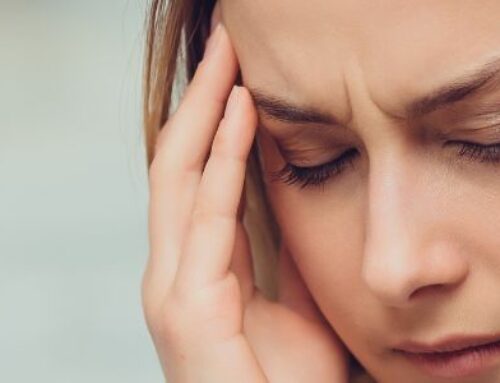
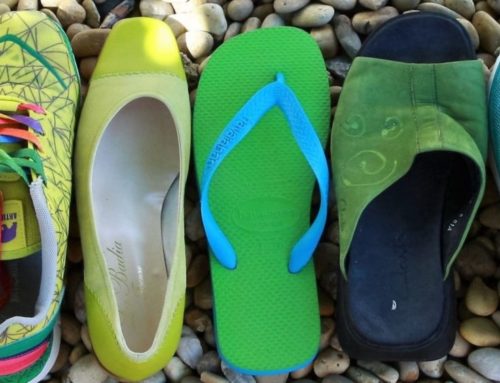
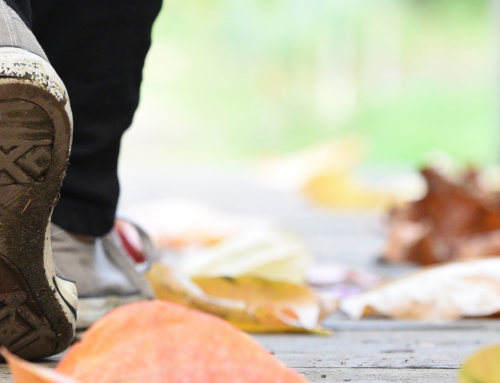
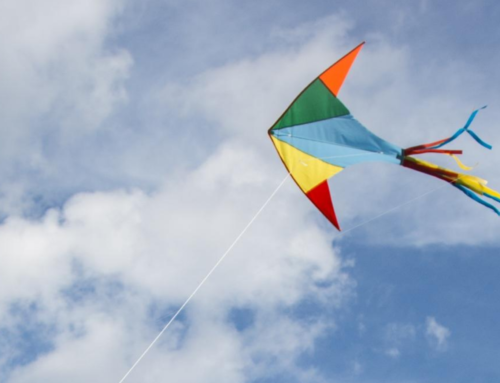
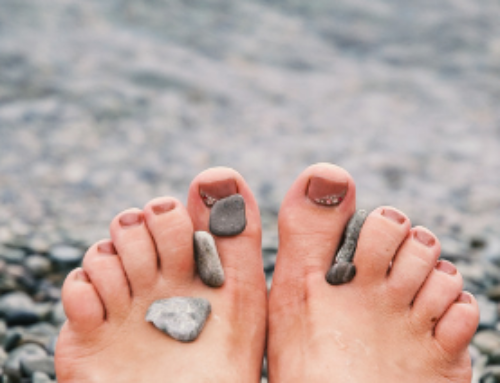
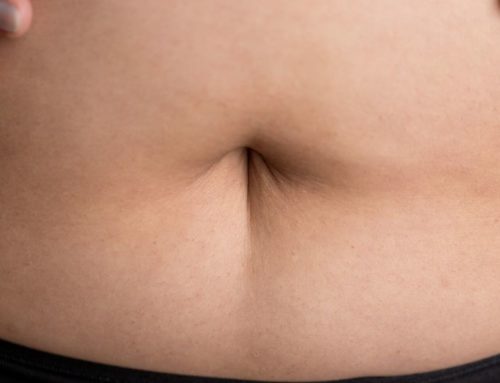
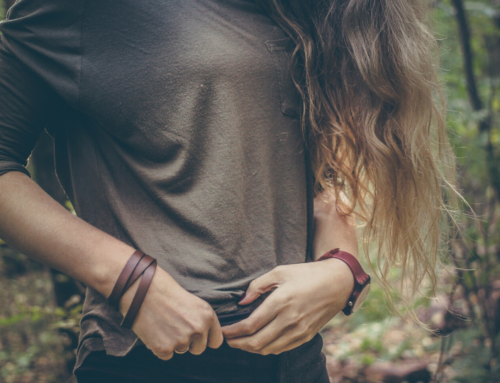
As a certified Aromatherapist and a certified Reflexologist – Thank you for this article! I totally agree with everything you have said here!
Do they offer class training without going to college. If so where would i go to look.
Thank you
Thank you for this article. I have been applying oils to my feet for sleep. I used a diffuser at night until I read that it should not be used for more than one hour.
You had mentioned to use oils for a bacteria infection. I have recently been diagnosed with nocardia. I am on medication for one year. I worry what this medication will do for me. I have been searching for natural foods, oils, herbs, etc to help me. Not that I would substitute for the medication. Any suggestions?
Thank you,
Michele
Michele – I would recommend that you sit down and talk with your aromatherapist and/or herbalist for a holistic consultation. I do not provide consultations without a complete health history and a live conversation about the big picture of your constitution and your wellness goals. I’m sure you will find adding an aromatherapist to your wellness team an invaluable resource for years to come. Best of health to you!
so where should I apply oils?
Therapeutic applications of diluted essential oils on the skin are used to ease site-specific tension, discomfort, or to promote skin healing.
Read the section which says “in conclusion” … She can’t tell you where to apply “oils” if she knows nothing of your health, which oils u mean, or the goal of treatment.
Hi Amy. I’ve been researching EO’s and still have a few questions. I’ve been putting clove oil and water in Glade plug-ins and keep them plugged in all day and all night. Is this only scenting the air and not providing any therapeutic benefits? Should I only leave them plugged in for shorter periods of time? Should I not be adding water? Also, I am avoiding those oils that are contraindicated for high blood pressure, but would those oils be damaging if I only inhaled them rather than applying topically? Thank you for your help.
Pat – I don’t offer consultations over comments so I can’t speak directly to your issue but you can read my comment from the other day on the subject of diffusion over here: https://www.thebarefootdragonfly.com/why-essential-oils-are-not-water-flavoring-agents/#comment-869.
I have read that frankincense is potentially a cancer fighter. Would putting a few drops topically on the breasts with a carrier oil as a precaution be safe?
The current research on anti-cancer activity of Frankincense doesn’t involve the essential oil, Rachel. The chemical constituent that is getting a lot of in vitro (in a lab not in humans) research doesn’t come across in steam distillation of the essential oil.
We always apply to feet also…if feet isn’t the spot what is?? Where do you apply essential oils?
It really depends on what your goal is, Stephanie! Topical isn’t always the best use of aromatherapy in a treatment plan.
What a very informative article, thank you!!! Where should I apply oil for stress relief or anxiety then, if the feet aren’t as good as we all thought? Wrist? Temples? Over my heart?
It all depends on the goal of the treatment.
I’ve been using a combination of 4 essential oils, witch hazel and distilled water as a hair loss treatment. My hair looks amazing but I’ve gained a couple of pounds (this is the only thing different about my routine: diet and activity level have remained the same). I apply the solution to my scalp where the hair loss is most noticeable and the bottom of my feet. Do you have any insight as to the weight gain? Should I continue to apply but only to my scalp? Thank you!
Without a health history I haven’t any way of knowing what’s going on with the weight gain, Monica. I would strongly recommend that you emulsify your hair formula if you haven’t already, essential oils don’t mix with hydrosols and water, they need an emulsifying agent to disperse them.
After reading all of the comments and your responses…you have not answered any of the questions asked. It just seems like your saying “I don’t know” in many different ways. One commenter asked where she can apply the oils topically for anxiety and stress…you answered, “depends on the goal of the treatment.” The goal of the treatment is the relief of stress and anxiety….it’s ok to not know the answers to questions that are being asked but don’t beat around the bush.
Sorry you got that impression, Nicole. What I’m actually saying is that I don’t offer consults without a health history and I don’t treat symptoms. You can read more about my policy on this subject here: https://www.thebarefootdragonfly.com/why-i-dont-offer-aromatherapy-consults-over-the-internet/.
I’ve been told by a naturopath to apply oregano to feet when I’m sick. She said the hands and feet have larger pores AND no sebaceous glands which produce sebum and waterproof our skin. Thus making them more absorbant.
Sorry, just read another website that claims:
When using the foot application, the oils will be bypassing the liver and will not accumulate there. Instead of being processed by the liver, the oils reach the lower bronchial capillaries via the circulator system and the entire organism unprocessed.
Could there be truth in this?
The liver still has to process essential oils applied to the skin. Since you’ll absorb a much smaller amount through the plantar surface of the feet than other regions of the body it isn’t a particularly large load for the liver to process. Would love to see the research backing up such a wild claim as the feet being a direct line to the lungs. *sigh*
Did your naturopath take anatomy and physiology as well as aromatic chemistry, Kristine? Neither of those statements are accurate with regards to essential oil absorption.
Thank you for your article…should also be labeled “don’t believe every thing you hear” or “somethings really are too good to be true”. I now feel a duty to be better informed about my oils as I too thought the were a safer way to go . ? Nothing is as it seems ? My son and I sleep with a diffuser every . single . nite. ? ??
There are too many people trusting their health to un-trained, un-licensed, un-certified folks online. Many old remedies are being revived from the old traditions because they are powerful and work in harmony with our bodies. But even ancient medicine women and shamans and community healers were trained in the realms of plant medicine, energy, and natural remedies because improper practices could harm or kill someone. I don’t think it’s wise to follow a nugget of advice from an un-vetted source, or to expect someone to diagnose or treat you without a full and complete consultation and examination of your issues. Amy Kredin has done a tremendous service by clearing up this issue from a place of studied knowledge and experience.
[…] your feet is NOT the same as reflexology, as the Barefoot Dragonfly eloquently explains here. Reflexologists use a particular technique to work on reflex points, which does not involve […]
Thank you for your article. I have been using oils for a long time and now am just finding out how misinformed I really am. I never really bought into the whole putting oils on your feet to improve some other point in your body. It when against basic biology for me. I have been continually researching, but feel over whelmed at time because there are so many contradicting sites. Like someone said earlier “don’t believe everything you read on the net”. Can you recommend a information source? Confused and skeptical
Aromaweb.com are reputable, informative sites. Books like The Complete Guide To Aromatherapy by Battaglia & Essential Oil Safety by Tisserand & Young are reliable sources for the serious student. Essential oils are powerful & should be used cautiously…. Serious Student
I heard somewhere that it doesn’t really matter where you put the oils because they will be in every cell all over your body within minutes. Is that true? I can only put them on my feet because they have always made me itch if I apply them anywhere else. I dilut them 1 drop EO to 4 drops carrier oil.
That would be physiologically impossible, Laura. The quickest route into the bloodstream would be direct inhalation. 1 drop EO to 4 drops carrier oil is approximately 25% dilution, which I might use for acute pain in an emergency situation. General use is 1-3%, or 1 to 3 drops in a teaspoon of carrier oil. If essential oils make you itch you may be allergic to them. How to test for an allergy: https://www.thebarefootdragonfly.com/how-to-test-for-an-essential-oil-allergy/
Great article, thank you! I am currently taking the Aromatherapy Certification Program through Aromahead Institute and when I started reading statements like “the pores on the bottom of the feet are larger” and “the oils will go directly to the affected area and bypass the liver” I was concerned. Hopefully, your article will help some folks understand how essential oils really work.
Thanks, Candy! Good luck with your studies!
[…] you have sensitive skin, you may be concerned about the topical application of essential oils. Some oils can create a warming sensation on your skin. You might find this […]
Always great to get clarification about these misconceptions.
[…] I don’t know where this idea came from, but it’s a popular claim made by salespersons. Amy Kreydin has written an excellent article addressing this issue – click here to read it. […]